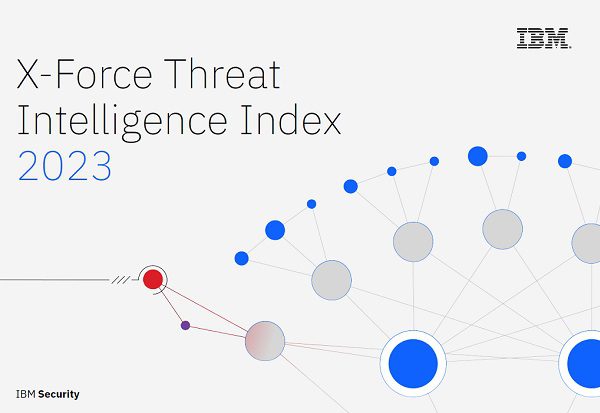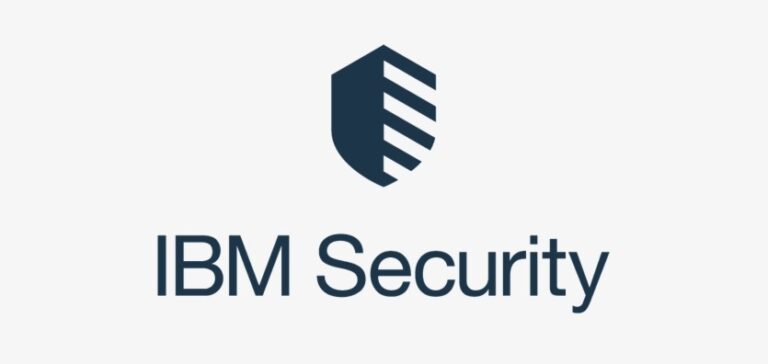REPORTS
X-Force Threat Intelligence Index 2023
The year 2022 was another tumultuous one for cybersecurity. While there was no shortage of contributing events, among the most significant were the continuing effects of the pandemic and the eruption of the military conflict in Ukraine. Disruption made 2022 a year of economic, geopolitical and human upheaval and cost—creating exactly the kind of chaos in which cybercriminals thrive.
And thrive they did.
IBM Security® X-Force® witnessed opportunistic threat actors who capitalize on disorder, using the landscape to their advantage to infiltrate governments and organizations across the globe.
The IBM Security X-Force Threat Intelligence Index 2023 tracks new and existing trends and attack patterns and includes billions of datapoints ranging from network and endpoint devices, incident response (IR) engagements, vulnerability and exploit databases and more. This report is a comprehensive collection of our research data from January to December 2022.
We provide these findings as a resource to IBM clients, cybersecurity researchers, policymakers, the media and the larger community of security industry professionals and industry leaders. Today’s volatile landscape, with its increasingly sophisticated and malicious threats, requires a collaborative effort to protect business and citizens. More than ever, you need to be armed with threat intelligence and security insights to stay ahead of attackers and fortify your critical assets.
So you too can thrive.
How our data analysis changed for 2022
In 2022, we modified how we examined portions of our data. The changes allow us to offer more insightful analysis and align more closely to industry standard frameworks. That, in turn, enables you to make more informed security decisions and better protect your organization from threats.
Changes to our analysis in 2022 included:
- Initial access vectors: Adopting the MITRE ATT&CK framework to track initial access vectors more closely aligns our research findings with the broader cybersecurity industry and allows us to identify important trends at the technique level.
- Exploits and zero day compromises: Extrapolating from our robust vulnerability database—which includes nearly 30 years of data—helps lend context to our analysis and identify the actual threat posed by vulnerabilities. This process also lends context to the diminishing proportion of weaponizable exploits and impactful zero days.
- Threat actor methods and their impact: Uncoupling the steps threat actors take during an attack from the actual impact of an incident allowed us to identify critical stages of an incident. This process, in turn, uncovered areas that responders should be prepared to handle in the aftermath of an incident.
SHARE:

About the Provider






